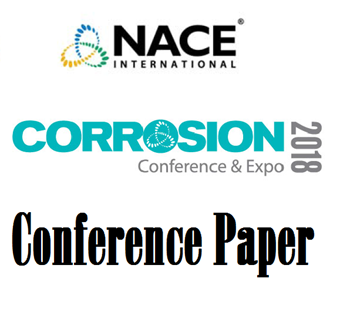Search
Products tagged with 'passivity'
View as
Sort by
Display
per page
51318-11026-The Role of Al Interstitials on the Passivation of AA2098-T851 Based on the Mixed Potential Model
Product Number:
51318-11026-SG
Publication Date:
2018
$20.00
51318-11236-Using Electrochemical Noise to Elucidate the Mechanisms involved in Localized Corrosion – A Review
Product Number:
51318-11236-SG
Publication Date:
2018
$20.00
Effect of H2S Concentration on the Passivation Behavior of Modified 13 Cr Martensitic Stainless Steels
Product Number:
51324-21009-SG
Publication Date:
2024
$40.00
Evaluation of the relationship between passivity and microstructure in austenitic stainless steel, the Point defect perspective
Product Number:
51323-19434-SG
Publication Date:
2023
$20.00
Investigation of passive film formation on UNS N08935 in high chloride solution – Alternative method for advanced material selection
Product Number:
51323-19266-SG
Publication Date:
2023
$20.00
Understanding the False Positive of Modified Martensitic Steels in Sweet & Sour Service Conditions using a Point Defect Model Perspective
Product Number:
51323-18901-SG
Publication Date:
2023
$20.00






